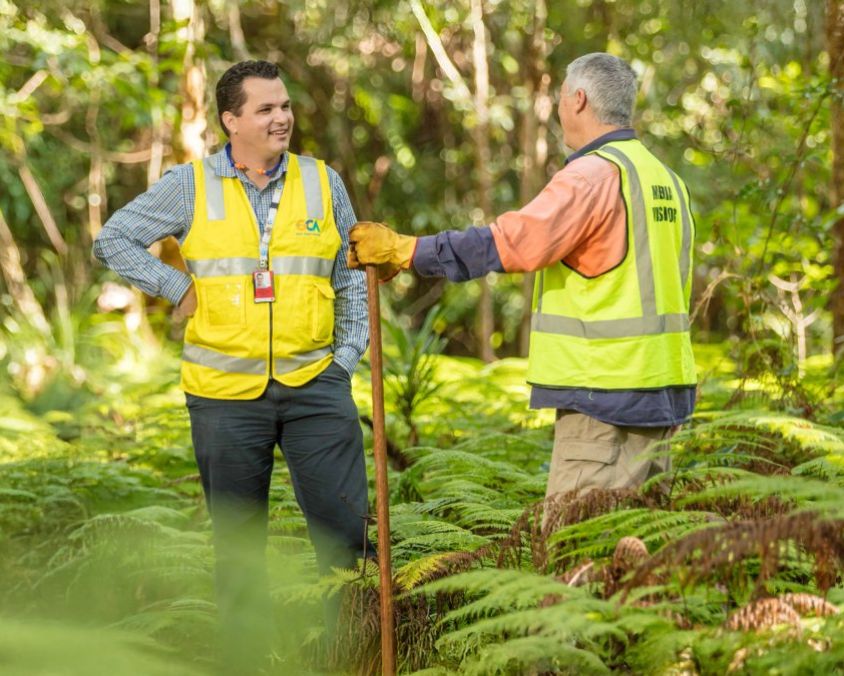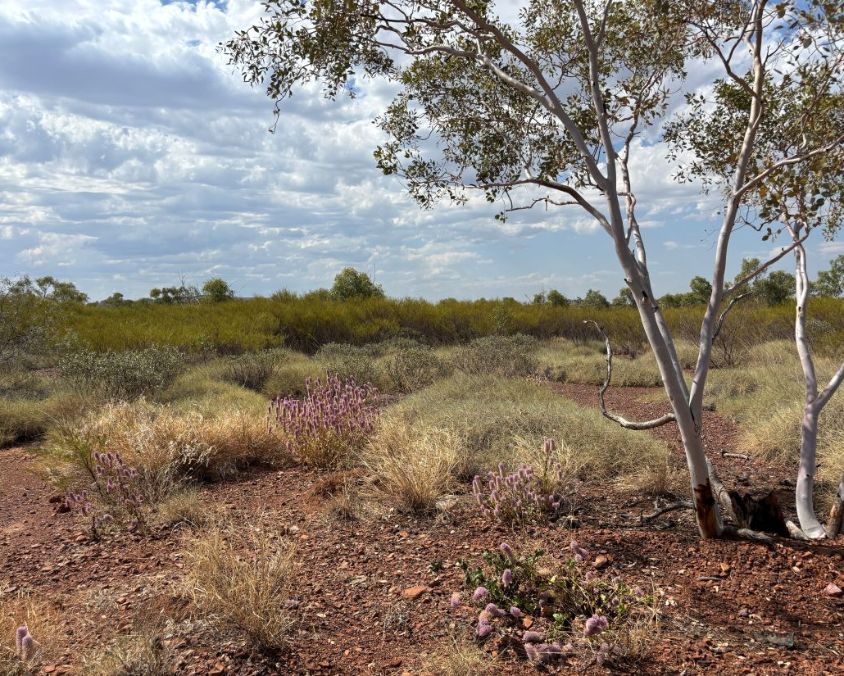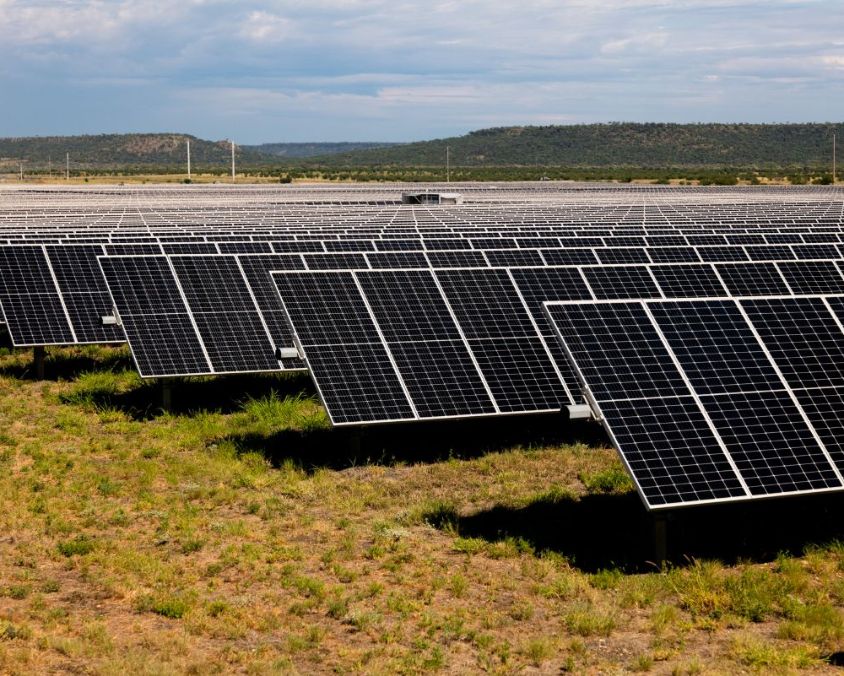Environment
Queensland Airports Limited (QAL) is committed to managing its airports in an environmentally responsible manner, aiming to inspire a sustainable future and create long-term value for our customers, partners and communities.
Essential Information
Discover more about how we operate.
Latest News
Stay updated with the latest from Queensland Airports Limited. From first flights to major milestones, find our newest media releases here.





